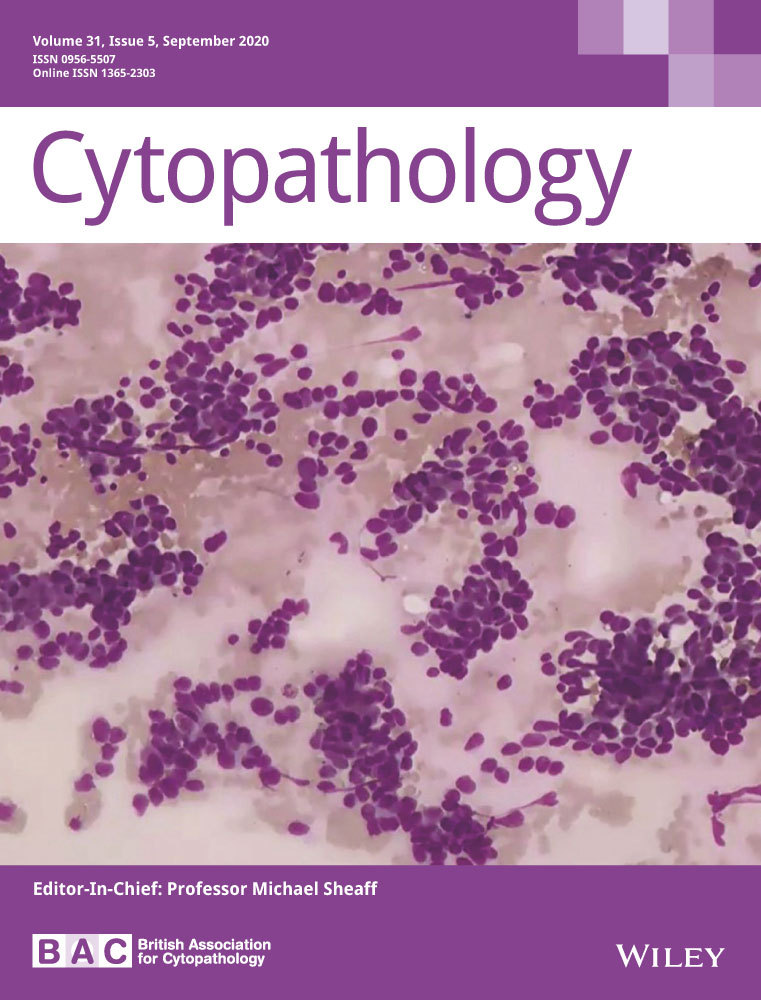Impact of image analysis and artificial intelligence in thyroid pathology, with particular reference to cytological aspects
Abstract
Objective
Thyroid pathology has great potential for automated/artificial intelligence algorithm application as the incidence of thyroid nodules is increasing and the indeterminate interpretation rate of fine-needle aspiration remains relatively high. The aim of the study is to review the published literature on automated image analysis and artificial intelligence applications to thyroid pathology with whole-slide imaging.
Methods
Systematic search was carried out in electronic databases. Studies dealing with thyroid pathology and use of automated algorithms applied to whole-slide imaging were included. Quality of studies was assessed with a modified QUADAS-2 tool.
Results
Of 919 retrieved articles, 19 were included. The main themes addressed were the comparison of automated assessment of immunohistochemical staining with manual pathologist's assessment, quantification of differences in cellular and nuclear parameters among tumour entities, and discrimination between benign and malignant nodules. Correlation coefficients with manual assessment were higher than 0.76 and diagnostic performance of automated models was comparable with an expert pathologist diagnosis. Computational difficulties were related to the large size of whole-slide images.
Conclusions
Overall, the results are promising and it is likely that, with the resolution of technical issues, the application of automated algorithms in thyroid pathology will increase and be adopted following suitable validation studies.
Abstract
Thyroid pathology has great potential for automated image analysis/artificial intelligence algorithm application on whole-slide images. Studies to date mainly deal with the assessment of immunohistochemical staining, quantification of cellular and nuclear parameters and discrimination between benign and malignant nodules. They show that correlation of automated assessment of immunohistochemical staining with manual pathologist's assessment is high and diagnostic performance of automated models is comparable with expert pathologist diagnosis
CONFLICT OF INTERESTS
Dr Pantanowitz reports consulting fees from Hamamatsu and is on the advisory board for Ibex, Leica and Hologic, which is outside the submitted work. The other authors declare that they do not have any conflict of interest.
Open Research
DATA AVAILABILITY STATEMENT
Data sharing is not applicable to this article as no new data were created or analysed in this study.




